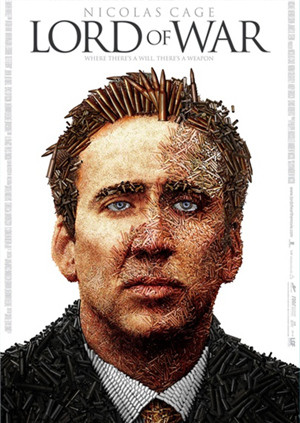剧情简介
剧情以现今女性身兼多职,国产既要照顾家庭又要兼顾事业,国产面对社会标准、迫人生活及舆论压力,女性往往承受很多不必要的压力为主题。《熟女强人》透过七个女性去探讨及穿梭一些大胆的话题,包括雪卵、争抚养权、同性恋、性上瘾、换妻、爸爸去哪儿及脱单等等。
剧情以现今女性身兼多职,国产既要照顾家庭又要兼顾事业,国产面对社会标准、迫人生活及舆论压力,女性往往承受很多不必要的压力为主题。《熟女强人》透过七个女性去探讨及穿梭一些大胆的话题,包括雪卵、争抚养权、同性恋、性上瘾、换妻、爸爸去哪儿及脱单等等。

回复 :
回复 :叱咤马术界的神话级骑手承浩(车太贤 Tae-hyun Cha 饰)曾创下了连赢300场比赛的神话,光环和荣誉围绕的他拥有着光明的未来。然而一次意外的车祸夺去了他心爱妻子的生命,虽然存活下来的他却失去了对生活和骑术的信心,眼睛的视力也渐渐衰退,让他不得不放弃了马术生涯。生活总会发生转折,和女儿艺胜相依为命穷困潦倒的承浩在马场遇上了一匹因为车祸失去幼子并且瘸腿的赛马露娜,相似的经历让承浩重新振作了起来,极力的阻挠下了人们对露娜的捕杀,努力驯服并且着手练习准备比赛。人们对于一个败落的骑手和一匹瘸马取得比赛胜利持有的不屑态度,期间技术上练习的重重困难,都没有打到这一人一马,决心东山再起的承浩更是为了女儿决定放手一搏,全力以赴…该片改编自纪录电影《Champ》里一匹叫做露娜的跛脚马和它主人的真实的励志故事。
回复 :该剧讲述了蒋东升、小北、橙子、阿广等人落入犯罪组织被迫行骗,经历生死危机后逃出的故事。陈震在剧中饰演为了还债、照顾女儿而四处打工还债被骗入犯罪组织的蒋东升,冷静沉稳,有勇有谋的他不仅在绝境中尽力保全自己,还积极组织、谋划逃跑。然而朋友、受害人的意外惨死、病痛并发症等不断折磨着他,一度绝望。最终在女儿的感召和志愿者的帮助下拿到犯罪证据,逃离魔窟。
